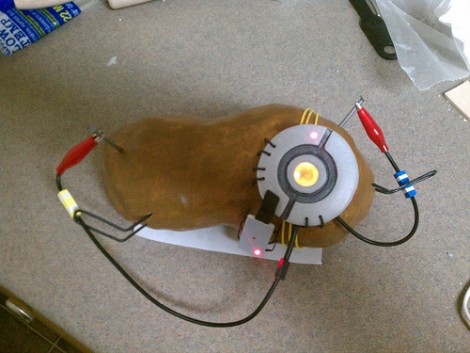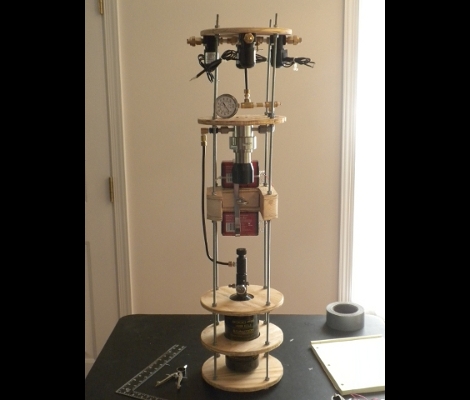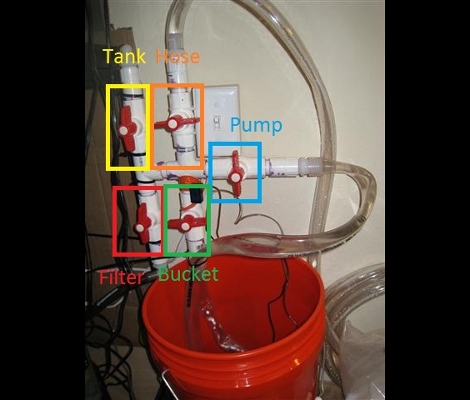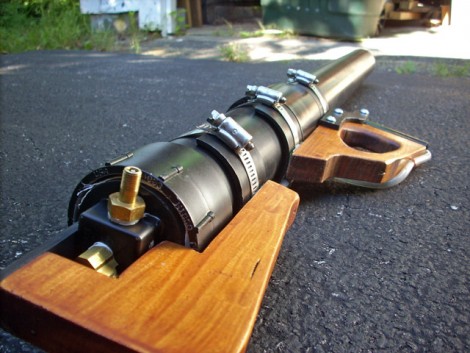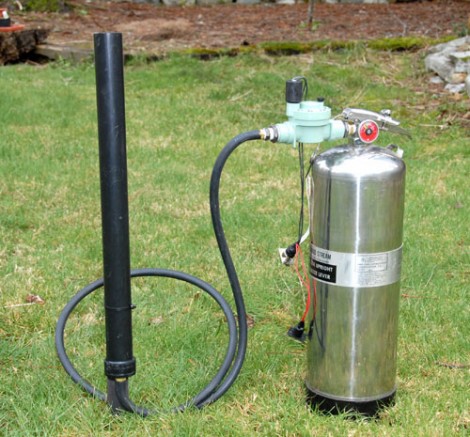
If there were a contest for the most thorough step-by-step project log [Kurt] would the champion. He recently a posted 150 step build log for his fleece-covered Portal turret project. If you can get over the need to click-through 30 pages of steps, there’s a lot to like about this project.
First, what it doesn’t do: The Turret doesn’t split up the middle and fire bullets at you. This is a relief, but the fact that it’s not lethal doesn’t mean it just sits there looking interesting. It can detect movement, it knows when you pick it up, and it can tell when it’s been knocked over. All of these interactive sensory inputs are used to playback various sound bytes from the Portal games, making it a great piece of desk art for those working in geek-centric offices. See for yourself in the video after the break.
The body itself is a food storage container which houses the barebones Arduino and Adafruit Wav shield. As near as we can tell, a PIR sensor detects movement, and leaf switches on the legs tell it when it’s been picked up or tipped over. But we only made a cursor examination of the assembly steps so we might be missing something.
If you’re not into the turrets, maybe this potato is more up your alley.
Continue reading “Build Your Own Portal Turret In 150 Easy Steps”

